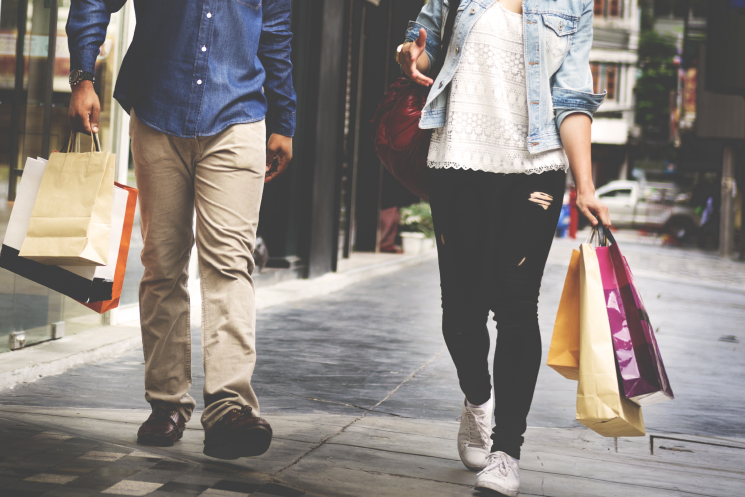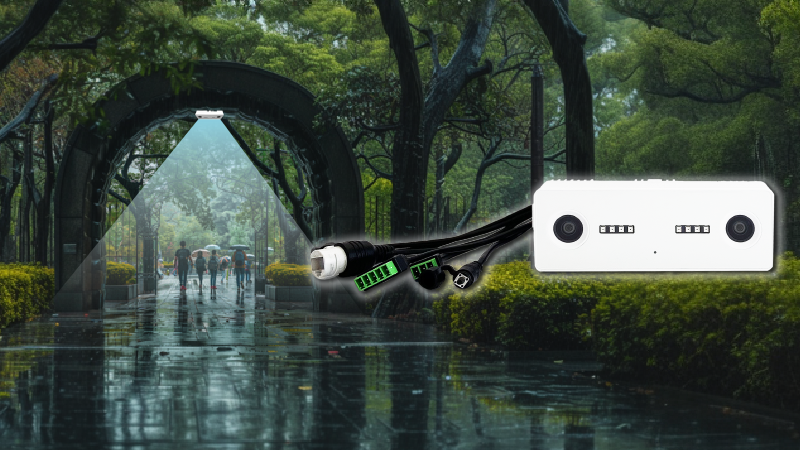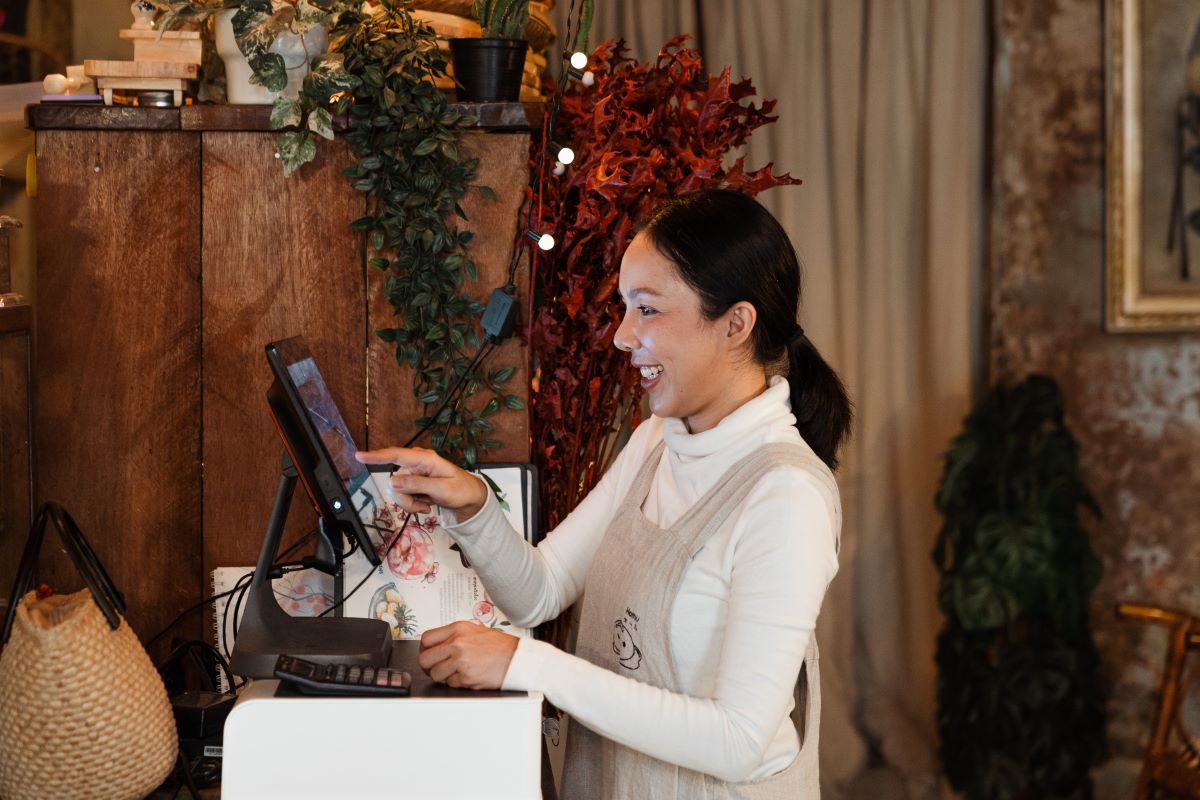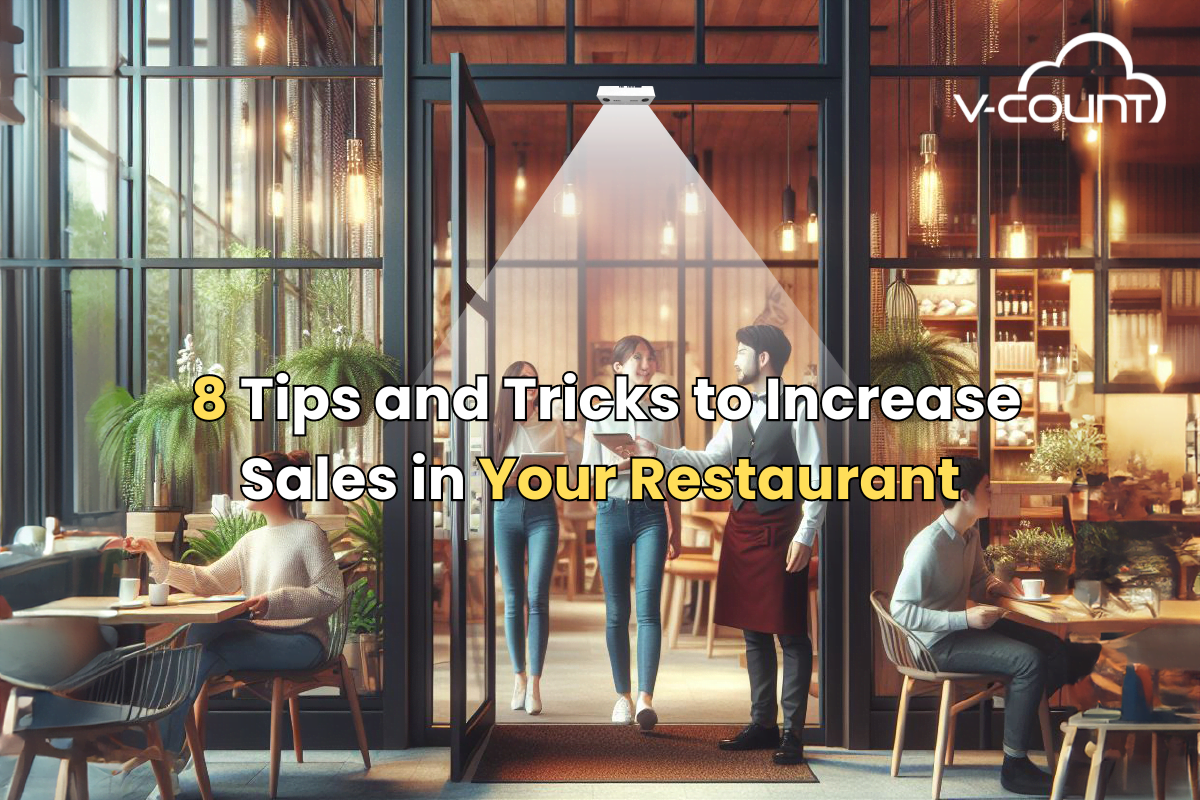Foot traffic is considered a key factor for running any successful brick-and-mortar business. The more customers visit your store, the higher your chances of making a sale. Finding ways to understand and boost foot traffic to your physical store is a constant struggle. So, how do you drive foot traffic to get more shoppers to actually enter your store?
The first step to increasing foot traffic is to measure it. Only by conducting a proper foot traffic measurement over time can you identify how different factors impact your retail store’s foot traffic data.
This blog post sheds light on the ins and outs of measuring foot traffic, tools to do it, and the solutions to use to gain more insights into your visitor foot traffic analysis.
What Is Foot Traffic?
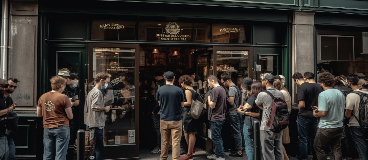
If you’ve ever wondered about what is foot traffic, it is simply the number of people walking into a physical location. Higher foot traffic generally leads to higher revenues, which makes it a vital metric typically used by retail stores, shopping malls, supermarkets, or any other industry with a physical presence to measure the performance of commercial locations.
Why Measure Foot Traffic?
Measuring foot traffic provides valuable insights to make informed decisions when running your store. For example, you can understand your store’s busiest hours and days based on sales and foot traffic data and plan your staff schedules accordingly. You can also get a better understanding of how certain factors like the weather or marketing campaigns impact foot traffic.
Additionally, you can determine your retail store conversion rate by comparing foot traffic data to the total number of sales to see if your staff is turning opportunities into sales.
The historical foot traffic data collected and analyzed over time allows you to spot patterns, measure store performance, and be more cost-effective with your staff scheduling and marketing initiatives. Here are some benefits of foot traffic measurement:
Gain Customer Behavior Insights
By measuring foot traffic, you can get a better understanding of your customers’ profiles and buying patterns.
You can understand where most of your customers are located, the peak days and hours, the average transaction value, dwell time, the zones customers frequent the most, which products are more popular, and your store conversion rate and shopper yield. (i.e., the total number of sales divided by the total foot traffic data for a specific period).
All this foot traffic analysis will allow you to thoroughly evaluate your store performance and develop ways to provide a better experience, attract more customers, and increase revenues.
Optimize Staffing
Once you have the insights into customer behavior, you can use the foot traffic data to allocate more associates on the sales floor during peak hours and days. On the other hand, you can reduce unnecessary operational costs by avoiding over-staffing during slow periods.
Improve Product Placement
Using foot traffic measurement tools offers various solutions that help you understand how customers move around your store. For example, zone analytics data helps you optimize your store design and maximize your space use according to the most popular zones and longest dwell times to increase sales with strategic product placement.
Smarter Sales and Marketing Strategies
Understanding your store’s peak shopping hours or days helps you plan discounts or special offers during periods of high foot traffic. Additionally, by tracking foot traffic data on the day of a campaign launch, you’ll be able to measure the success of your marketing efforts and use the foot traffic analysis to improve future marketing strategies.
Evaluate Business Expansion Opportunities
If you’re considering expanding your business by opening new stores, you can use your foot traffic data and shopping behavior insights to inform your expansion plans. Measuring foot traffic will help you understand what makes your store work and how you can replicate that success in a new location.
Understand External Factors
Identifying the external factors impacting your visitors’ foot traffic can help you prepare and optimize your efforts. You can better understand how things like the weather, seasonality, or special events affect your business. For example, if there’s a local event taking place in your city, more people might visit your area to attend this event, and you may notice a spike in foot traffic data. Using this knowledge, you can create special offers to take advantage of the event and attract even more customers to your store.
How to Measure Foot Traffic in Store?
A common struggle for retail stores is figuring out how to measure foot traffic in store. How you measure foot traffic depends on what you would like to achieve with the foot traffic data collected. The good news is that there are plenty of great tools to help calculate foot traffic and collect information about the customers who visit your brick-and-mortar locations. You don’t need to resort to manual counting and stand at the door to manually count everyone who enters to measure foot traffic.
People counters and foot traffic tracking software can automatically detect and measure your store’s foot traffic data in real-time. Setting up automated people counting hardware and software for the counting process offers the advantage of getting accurate data and conversion rates and frees up your staff for more customer-centric tasks instead of standing at the door to manually count incoming visitors.
Why Is Foot Traffic Data Important for Different Industries?
As mentioned earlier, virtually any business with a physical location can implement a people counting system to measure foot traffic. That being said, the use cases for foot traffic solutions may vary depending on the type of business you have. Let’s take a closer look at how some businesses can use foot traffic data.
- Retailers: Retail stores can utilize foot traffic measurement and conversion rate data to improve marketing efficiency, increase the number of customers visiting stores, and boost sales.
- Transportation: Passenger foot traffic data can be crucial for transportation mobility providers to improve the services provided and strategically plan future transportation initiatives.
- Shopping Malls: Shopping mall foot traffic analysis can drastically impact the profits of stores located inside the mall. Understanding the average foot traffic data in a mall can help improve advertising, determine rent, and boost profits.
- Airports: Tracking airport foot traffic data from security checks to embarkment allows for more efficient operations, better staff allocation, and more passenger time at Duty-Free shops.
- Casinos: Casino foot traffic measurement technologies can be used to identify hot zones, improve the layout of the gaming floor, optimize staff and security personnel schedules, and reduce queue waiting time.
V-Count’s Advanced Foot Traffic Measurement Technology
V-Count’s Ultima AI is an industry-leading foot traffic measurement solution, offering businesses a counting accuracy of up to 99.9%. With its 3D active stereo vision technology, Ultima AI ensures precise foot traffic data collection even under zero light conditions. The plug-and-play system is easy to install, allowing businesses to start collecting foot traffic data instantly.
V-Count’s latest foot traffic analysis technology also includes AI-powered visitor analytics, heatmaps, and real-time occupancy monitoring, providing a complete end-to-end solution for tracking foot traffic and improving business operations.


